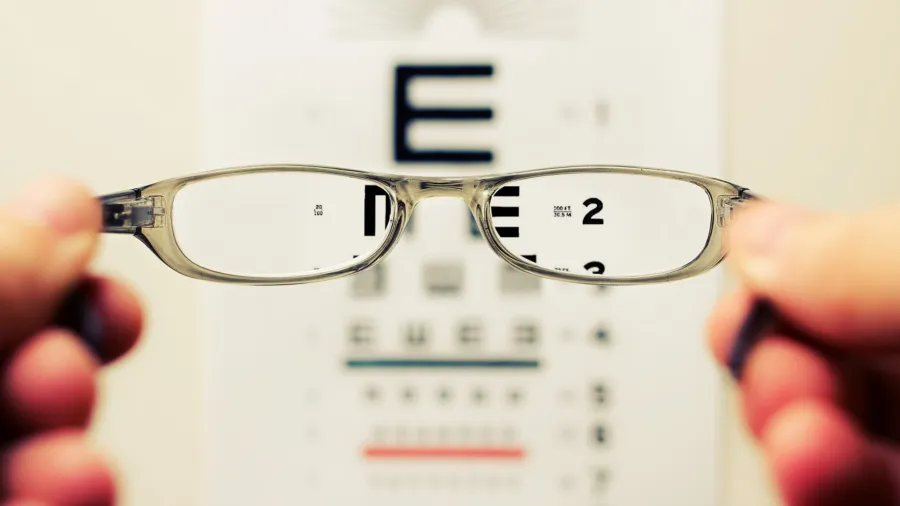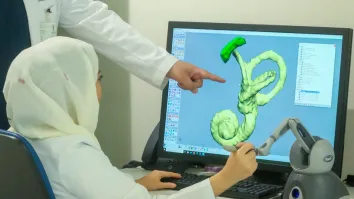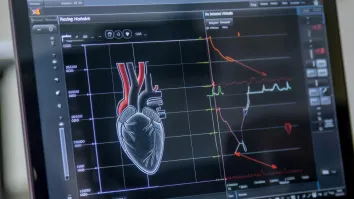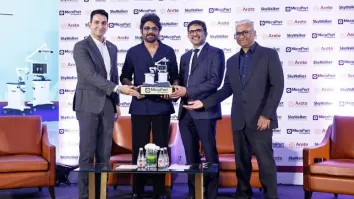
Eye specialist works to overcome resistance to AI Myopia screening
Some parents are wary of AI's ability to provide a holistic assessment compared to physicians.
AI for myopia screening in children faces resistance from parents and stakeholders as concerns about its effectiveness and ethics arise. Dr. Foo Li Lian, a consultant at Singapore National Eye Centre, said reservations of parents include “questionable holistic assessment as compared to physicians, accountability pertaining to AI recommendations, lack of regulatory approval whilst stakeholders have issues with overall accuracy on AI.”
One way to counter hesitancy amongst parents and other stakeholders is for healthcare institutions to conduct performance assessments using AI, specifically to publish research to show the results of the predictive performance of AI algorithms, Foo said.
Along with her colleagues, Foo published a scholarly article in the British Journal of Ophthalmology, which tackled how AI platforms successfully helped in screening for diabetic retinopathy, age-related macular degeneration, and glaucoma.
But for Foo, more needs to be done to ensure that AI algorithms are up to mark for clinical applications on myopia, which is another term for the vision condition, near-sightedness.
“Whilst there are many publications related to the screening and prediction of myopia, most remain as academic endeavours that provide prototypical results. Frequently, these research are not robust enough to be applied in real-world clinical settings,” Foo told Healthcare Asia.
This is why they are currently embarking on a predictive deep learning system where they aim to “develop international collaboration for retrospective and prospective data collection.”
To boost the use of AI and educate parents and other stakeholders about it, Foo also suggested tapping national programs through various institutions.
She cited an example from the Health Promotion Board which led the National Myopia Prevention Programme (NMPP) to reduce the myopia prevalence amongst school children. The NMPP adopts an early intervention strategy, which conducts vision screening and preventive health education on eye care in childcare centres as well as kindergartens.
How predictive screening works
A 2016 study found that high myopia is likely to affect 86.8% of Singaporean children aged seven years and below. To address this issue, there is a need to tap AI to automate and scale screening programmes.
The AI’s predictive value allows it to determine whether a child is at higher risk for developing high myopia, which will result in faster and more aggressive treatment including early initiation and combination treatment, said Foo.
Without AI tech, an eye clinic will have to screen a patient and make a subjective judgement based on factors such as the family history of myopia and estimated clinical progression in the last three to six months.
With AI, Foo said eye clinics will be able to use machine learning and deep learning to objectively evaluate a child’s risk for myopia.
To improve understanding and evaluation of the AI decision-making process, software enhancements such as heat mapping are applied to highlight areas of interest. In myopia, the two areas commonly monitored by eye care experts are the nerve and the macula, which represents the central site of our vision.
“For example, the tilting of the optic disc early degeneration, also known as peripapillary atrophy, around the nerve area, which are commonly seen in patients with myopia or even high myopia,” she further explained.
Human touch is irreplaceable
AI, like any other technology, can help reduce manpower or man-hours for the screening process, but has limitations such as addressing medical-legal concerns.
“Currently, there is still a great emphasis on physician involvement because of the significant limitations of AI in healthcare, which includes the translation into clinical practice, and also medical-legal considerations,” said Foo.
“This is because of legal considerations as a result of inappropriate AI recommendations. Who is going to be responsible for it?” added Foo.
She added that there is no exact number to determine manpower savings attributable to AI in ophthalmology.
“In areas of focus such as diabetic retinopathy screening, manpower savings would come in the form of replacement of human image graders, whilst in other instances, AI serves as a supportive tool and is not meant to replace human contribution,” said Foo.



















 Advertise
Advertise





